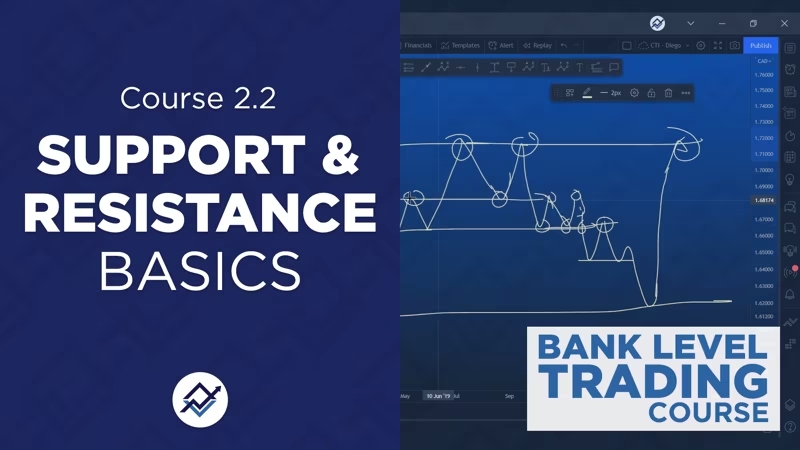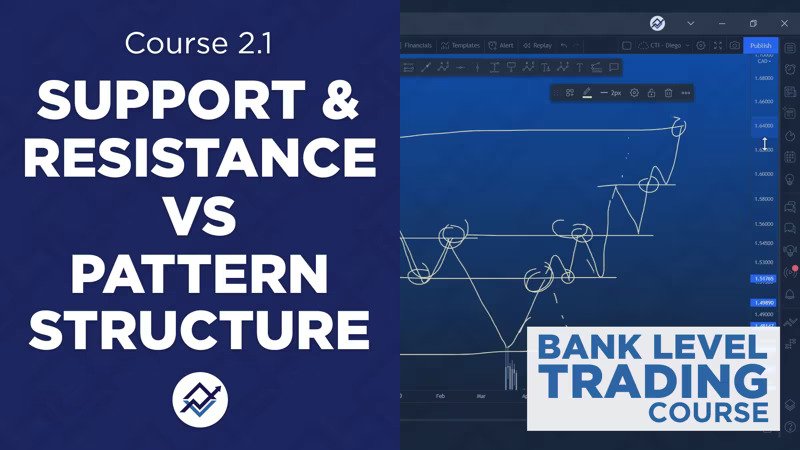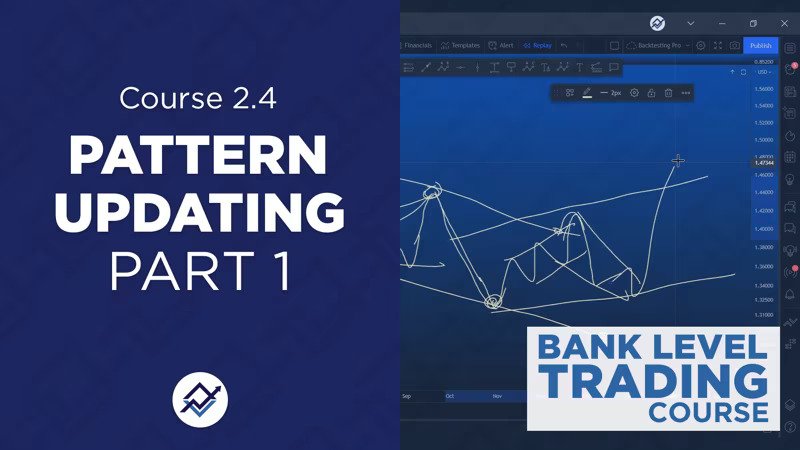Introduction
Delving into the trading world, one might wonder why certain traders cheer when markets plummet, while others bask in its ascent. This is where the basic language of trading comes into play: long and short positions. Like two sides of a coin, these strategies allow traders to profit irrespective of market direction.
The Essence Of Long Trades
In trading parlance, going “long” means buying an asset in anticipation of its price increasing. It aligns with the principle of “buy low, sell high”. Whether it’s stocks, commodities, currencies, or cryptocurrencies, the long position strategy applies universally. So, what do traders do when they open a long position? They are essentially expressing a bullish outlook, betting that the asset’s price will ascend.
Short Trades: Profiting From Decline
Now, is taking a short position always the same as selling short? Essentially, yes. Short trades involve borrowing an asset and selling it, hoping its price will drop so it can be repurchased cheaper. It’s the “sell high, buy low” mantra. This strategy is vital, especially when speculating on price declines. But why are short positions considered risky? Because there’s theoretically no limit to how much the price can rise, potentially leading to infinite losses.
The Balancing Act
Do hedge funds take both long and short positions? Indeed, they do. Hedge funds, like BlackRock and others, often employ a mix of long and short strategies (known as long-short strategies) to capitalize on market movements while hedging risks. For instance, an example of a long-short trade could be going long on a promising tech stock while shorting a declining one in the same sector.
Emotional Undertones And Strategic Application
Emotions play a significant role in trading decisions. Recognizing when to take a long position or when to establish a short position is as much about market analysis as it is about emotional intelligence. The key is ensuring emotions don’t dictate strategy. For instance, fear might tempt traders to exit a short position prematurely, but knowing when and how to manage these positions is critical for long-term success.
Conclusion
Understanding long and short positions is fundamental in the trading arena. Whether it’s deciphering the intricacies of a short squeeze or knowing how long one should stay in a trade, mastering these strategies, coupled with emotional discipline, can significantly influence a trader’s success.





